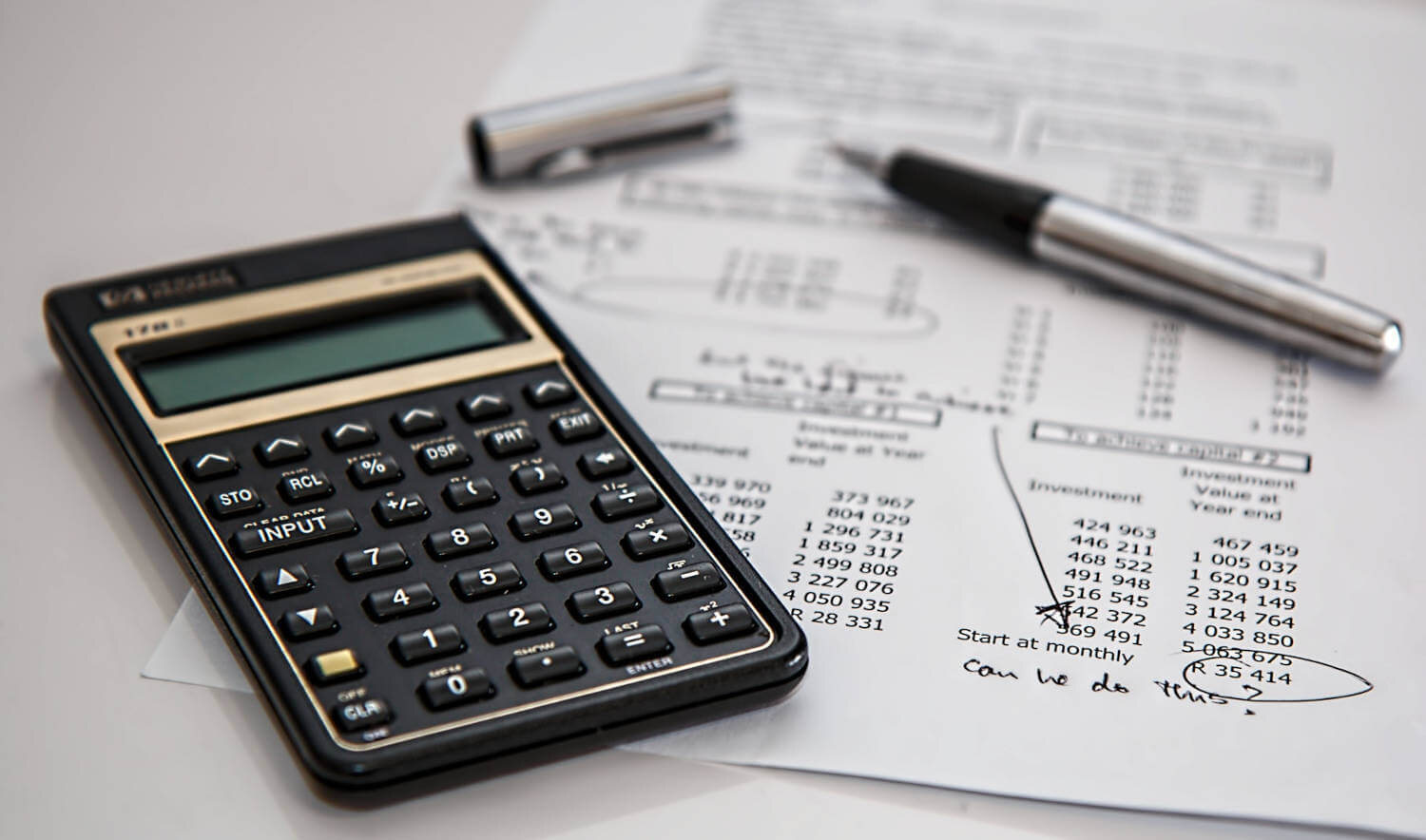Business costs are a measure of an organization’s expenses. They are used by investors, producers, and accountants to assess past and future conditions. During the accounting process, costs are calculated by either the first in, first out method or the actual costs/actual output method. Producers calculate costs to predict future expenses and evaluate their performance. Investors, on the other hand, concern themselves with future activity and tax implications.
Accounting for business expenses
Accounting for business expenses is essential to keep track of your business’s finances. In addition to determining your net profit, knowing what you spend on each item will help you create a more realistic budget. You can also make changes to your budget to reduce expenses and maximize profits. The IRS considers business costs expenses as the costs of doing business and considers them tax deductible.
The first step to accounting for business expenses is to determine what assets are being used. Some assets are tangible, which you can touch and see. Others are intangible, but add value to your company. Examples of these include business start-up costs, acquired trade names, licenses, and trademarks.
Calculating business costs
If you are starting a business, it is important to understand the costs involved in operating it. Startup costs can be high, so you should calculate them as accurately as possible. This will help you attract investors, apply for loans, and estimate your profits. It will also be helpful when determining business deductions. Fortunately, this process is relatively simple. To begin, make a list of all the things your business will need. While the cost of each item will vary depending on your industry, some common costs include office space, utilities, insurance, supplies, licenses, and employee salaries.
One type of cost that is not related to the amount of output that you produce is called fixed cost. These costs do not change over time, so they are often not directly quantifiable. They include costs such as rent, salaries of supervisors, and depreciation.
Deductible business expenses
For many sole proprietors, determining what expenses are deductible is a problem. If you work from home, you may not know whether rent, utilities, phone service, or insurance expenses are business expenses. Fortunately, there are several easy steps you can take to help you determine what is deductible.
One of the first steps is to gather a list of the expenses you incur each year. You can deduct things like marketing materials, graphic design, and delivery costs. These expenses should be necessary to run your business costs. You should be able to list these expenses in your small business accounting records.
Product costs
Product costs are the costs of goods and services sold by a business. The costs for manufacturing products are made up of direct materials and labor. Retailers and manufacturers need raw materials such as steel, electronic components, and other materials to produce their products. A well-designed manufacturing process can help a business to minimize overhead costs.
The product cost includes the costs of raw materials, labor, and manufacturing overhead. These costs can vary, depending on the type of product being produced. For example, a toy manufacturer would need to pay for the raw plastics it uses to produce its products, as well as the costs of labor and energy used to produce the products.
Period costs
Period costs are the expenses a business incurs during a particular accounting period. Whether they are necessary or not, they add up to the total business costs of operating a business. Therefore, it is essential for management to track these costs and make changes to reduce them. Some ways to reduce period costs include diversifying decision-making teams, skill development, and effective use of technology. Similarly, a business may also reduce period costs by engaging with its stakeholders.
Period costs are important for business owners to monitor because they can help them understand how to manage them and avoid making unnecessary expenditures. These expenses are often not tied to any particular product or service and can eat up a large part of the business’s budget. For example, office rent, sales commissions, and business insurance fall into this category. Managing period costs will help a business balance its budget, focus on growth, and control direct costs.
Capital expenses
Capital expenses are payments that your business makes to create, acquire, or enhance its assets. These include anything from buying new office furniture to purchasing franchise rights for new products and services. You may also purchase a new roof for your office building or add new electric wiring. While these are all examples of capital expenses, they are also considered operating expenses.
Capital expenditures are an important part of your business’ financial health. These funds are used to buy and maintain long-term assets that will be useful for years to come. They include equipment, vehicles, machinery, computers, furniture, and fixtures. Usually, these items are non-consumable and have a lifespan of more than a year.



